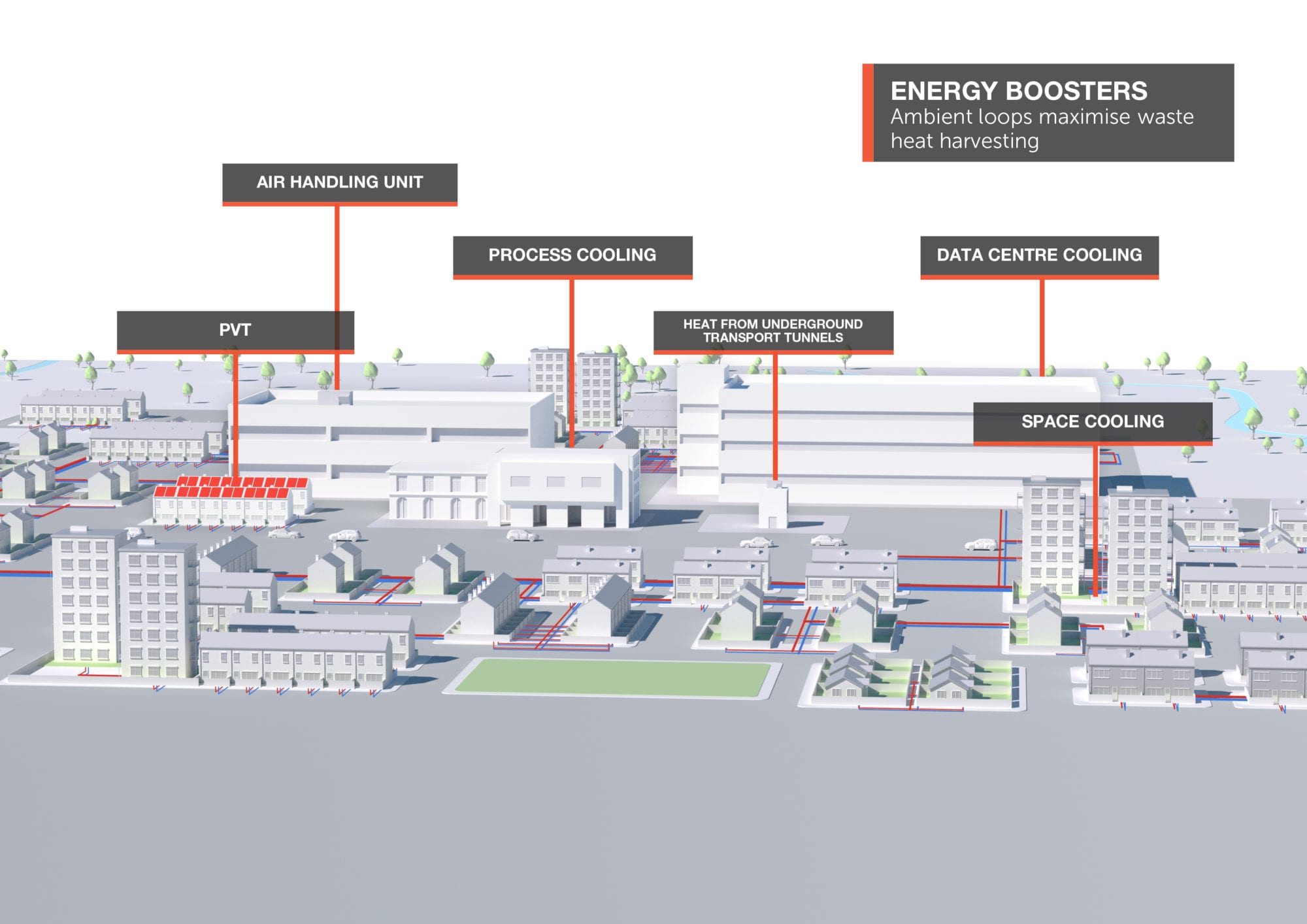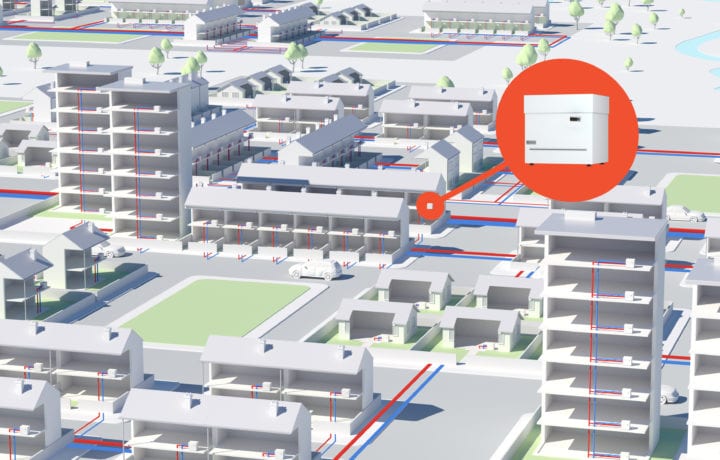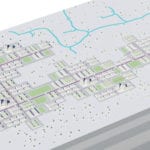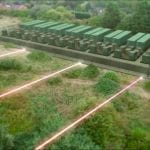
Dr. Matthew Trewhella, Kensa Contracting’s Managing Director, explores the cutting-edge technologies driving innovation in energy networks, and identifies solutions to deliver sustainable, low carbon, low cost heating and cooling, whilst balancing energy demand on the grid.
The UK Government committed to a 2050 net zero carbon target in an effort to limit the worst effects of global warming. The rapid recent decarbonisation of the electricity grid and the high efficiency of ground source heat pumps now means that this route to the large scale electrification of heating shows significantly more promise than the decarbonisation of the gas grid. Here we discuss three innovations which coupled with ground source heat pump are set to enable this rapid transformation to take place.
Smart Controls
There is a slightly unfortunate trend towards calling anything that is Wifi enabled “Smart”. While it might be more convenient to program a thermostat using your phone/tablet rather than pressing buttons on the thermostat, it is hard to see why this deserves to be called Smart. For a system to be truly smart, it should perform optimisation autonomously – with minimal input from users.
If done correctly, the smart revolution could be the essential key to a lower carbon future. Management of the electrical grid with variable demands has never been simpler – consider the classic Coronation Street ending rush for the kettle. A further level of complexity is added by the variability of renewable generation supply from wind, solar, wave and tidal.
The traditional solution would be to build additional generating capacity to over-produce and then turn off when not needed. However, the stable source temperature of ground source heat pumps make them well suited to running when the grid can best support it.
If properly synchronised, smart control of millions of devices such as ground source heat pumps, electric vehicles and many others will allow the grid to function correctly without the need for over generation. Combined with the low electricity consumption of ground source heat pumps, this will save billions of pounds of capital investment in future generating capacity.
Consumers will also benefit as smart metering is giving suppliers the ability to charge consumers different prices at different times of day to reflect the availability of energy. Smart controls will allow householders to automatically take advantage of these dynamic tariffs to run their ground source heat pumps when prices are lowest – our modelling shows savings of 25-40% are achievable right now. Better still, lower priced times of day typically coincide with lower carbon grid electricity.
Cooling
Warmer summers, improved insulation, larger windows and urban heat islands are combining to increase the need for cooling, which is unhelpful in the fight against climate change. Traditional air conditioning actually makes the situation worse because all the heat taken out of the buildings is pumped into the air around the city, which exacerbates the need for cooling.
A ground array with an ambient temperature district heating loop makes an excellent source of cooling – the by-product of extracting heat from the ground all winter is a large area of pre-chilled ground which is conveniently piped to each property (heat pump). Passive cooling can therefore be provided at the extremely low cost of running a small circulating pump. Even better, the heat that you take out of each property is reintroduced into the ground, which improves the heat pump heating efficiency the following winter.
For properties that need even more cooling, it is simple to reverse the heat pump hydraulic flows so that the heat pump actively cools the property and sends the waste heat into the ground.
PV-T panels
Solar panels that combine photovoltaic (PV) cells and thermal (T) water heat exchangers have been around for a while, yet their full potential can be realised by combining them with a ground array. In summer, the ground array cools the panels from 40-50oC down to 15-25oC, which increases the efficiency of the photovoltaic panels by 15-25%. The heat taken from the panels re-charges the ground array which increases the efficiency of the heat pumps by 10-20%. Combining three renewable technologies in this way is a win-win-win, which improves the efficiency of each technology independently and results in a more efficient overall system, bill reductions and carbon reductions.
Timescales
These innovations all take advantage of existing technology but combine them in ways that bring huge benefits to the decarbonisation of heat. They are ready to go and future proofed which means they can be deployed now with no regrets and their benefits will increase with time as the electricity grid evolves and decarbonises.







